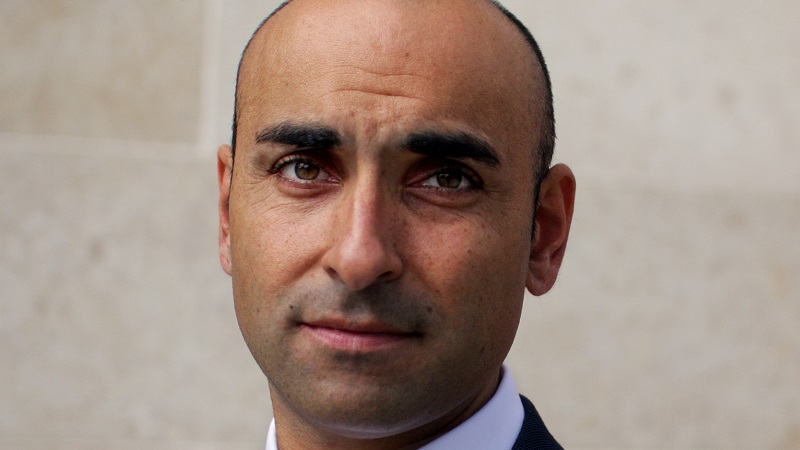UK inflation has more than doubled in April as energy and clothes prices pushed the consumer price index up to 1.5% amid the easing of lockdown restrictions.
A rise from March’s 0.7% readout, the figure comes more in line with the Bank of England’s expected rate of 2% by the end of the year.
Statistics published by the Office for National Statistics (ONS) identified rising household utility, clothing and motor fuel prices as the biggest drivers of the increase which was still partially offset by a large downward contribution from recreation and culture.
Gas and electricity saw big jumps with price rises of 9.4% and 9.1% respectively between March and April driven by a spike in global demand for wholesale gas.
A bounce in oil prices from $20 per barrel last year to around $70 today also put pressure on inflation and will continue to do so as demand increases as the global economy opens up again.
Ambrose Crofton, global market strategist at JP Morgan Asset Management, said that “a confluence of factors including Brexit-related trade frictions, rising commodity and freight prices are adding cost-push pressure” to the manufacturing side of the economy.
End of furlough scheme could keep inflationary pressures at bay
Inflation is likely to increase further throughout the year as “the economy gradually reopens, the recovery picks up steam and supply constraints intensify in the sectors that were hit by the pandemic,” according to Silvia Dall’Angelo, senior economist at the International Business of Federated Hermes.
Dall’Angelo said higher wholesale gas prices could lead to hikes in regulated utility prices later in the autumn, pushing CPI inflation close to 3%.
But she notes that as inflationary drivers are “set to be largely cost-push and hence temporary” with residual disruption to the labour market likely to show up at the end of the furlough scheme in September, underlying inflationary pressures could be contained.
Economic recovery could be a Trojan horse for inflation
However AJ Bell financial analyst Laith Khalaf (pictured) said that “at current levels, inflation is nothing to fret about, but there is rising concern that the fiscal and monetary response to the pandemic has sown the seeds of an inflationary scare further down the road.”
The Bank of England showed no signs of tightening the reins just yet as it announced it would make no changes to monetary policy earlier this month with interest rates remaining at 0.1% for now despite its improved economic forecasts.
Khalaf said: “For the moment, the Bank of England is dismissing consumer price increases as a natural bounce back from the depths of the pandemic last spring. But the economic recovery could be a Trojan horse, smuggling inflation into the UK, right under the nose of central bankers.”
Khalaf noted that inflationary fears are already starting to creep into the market with the 10-year gilt yielding 0.9%, up from 0.2% at the beginning of the year.
Despite this Oliver Blackbourn, multi-asset portfolio manager at Janus Henderson, notes real yields “remain very negative as guidance about interest rates continues to hold down nominal yields, even in the face of expected strong growth and rising inflation”.
“While breakeven rates on UK gilts are towards the upper end of where they have been over the last two decades, it is not clear that they are at a level that should be unduly concerning for the Bank yet.”









